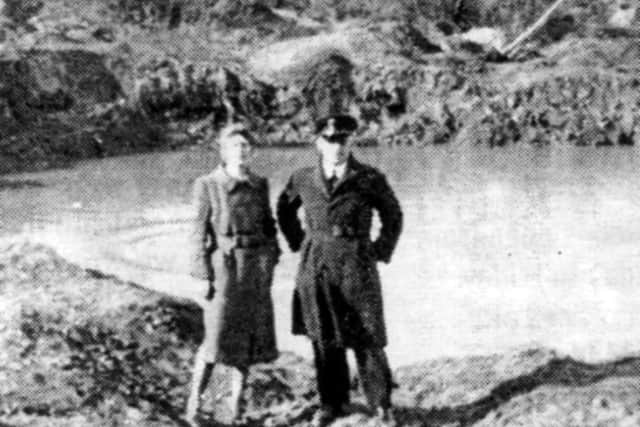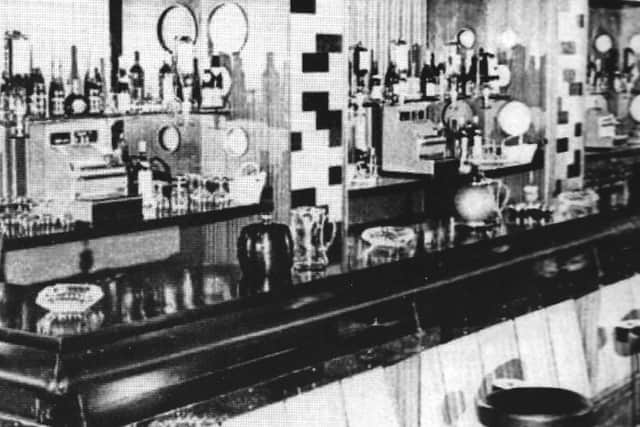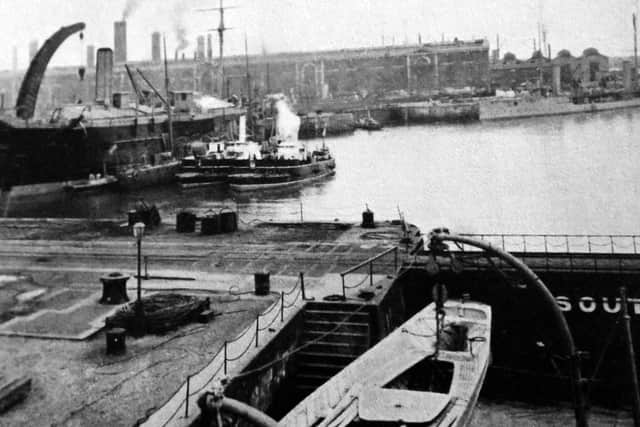The Buckland pawnbroker with sky-high interest rates – Nostalgia


The shop was located on the corner of Kingston Road and Stirling Street and occupied three shops covering 157, 159 and 161.
I can only imagine the goods on sale must have been sold over the counter and re-sold at second hand prices. If you were short of cash, money could be raised by a loan repaid at a shilling (5p) per month.
Advertisement
Hide AdAdvertisement
Hide AdEven without added interest it would take five years to repay the three pounds as advertised on the wall. I wonder what was used as collateral? Surely some people must have done a runner after receiving the money?


The bomb crater to the rear of the couple, below left, was caused by either a stray bomb dropped by the Luftwaffe or was aimed at the searchlight station at Crookhorn on the northern slopes of Portsdown Hill. It is now a bunker on Crookhorn Golf Club course.
The photo was loaned by Ray Piper and the couple are his late parents. His father was in the RAF during the war.
There must be many of you who can remember having a night out at the Tricorn Club and can remember the bar, below right.
Advertisement
Hide AdAdvertisement
Hide AdI only went there once as I was more of a darts and a pint in a pub man. Pete Cross, who loaned the photograph and is now a DJ on Angel Radio, was one of the lead DJs at the club.


It opened as a restaurant in the late 1960s. The opening night saw 1950’s singer Dickie Valentine as the star turn but later more ‘with-it’ stars appeared.
In the early days there was a three course meal followed by a cabaret then dancing to a resident band until 1am and 2am at the weekend. In those days it was called a dinner-dance. This was dated by the early 1970s when a disco was introduced. Initially it was a failure but once it became established more than 500 people would be in the club well before 9.30pm.
The Tricorn -The Life and Death of a Sixties Icon is an excellent book by Celia Clark and Robin Cook.
Advertisement
Hide AdAdvertisement
Hide AdOn the opposite page, we are looking across Portsmouth Dockyard south tidal basin Seen in the early years of the 1900s.


To the left is what looks like an old iron hulled hulk like the Warrior on the Hard, Portsea, but I stand to be corrected.
On the right is what looks like a light cruiser or destroyer.
In the right hand corner is a caisson, pronounced ‘cassoon’. These were a form of floating lock gate which could be moved to allow ships to enter the basin.
They also had a railway line to allow free movement around the dockyard’s vast railway system.